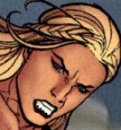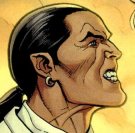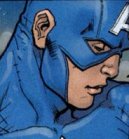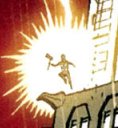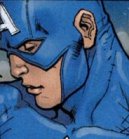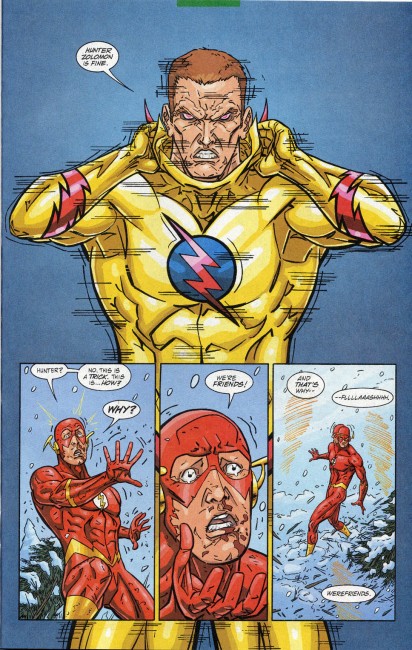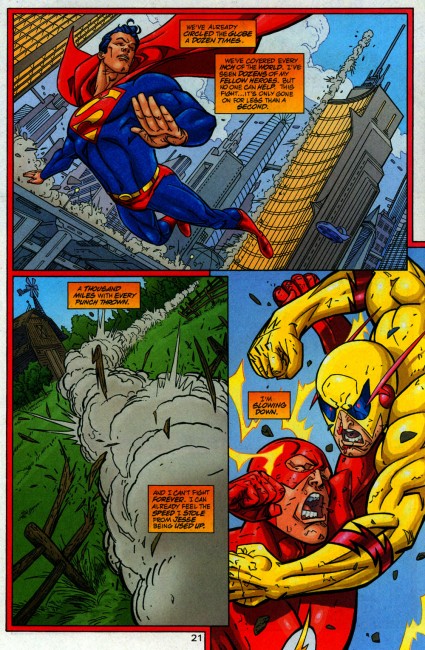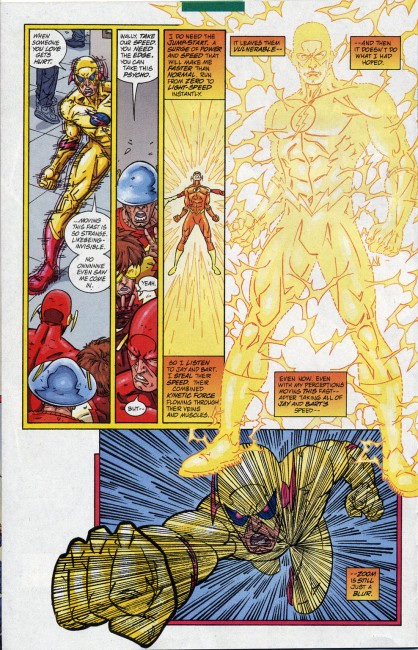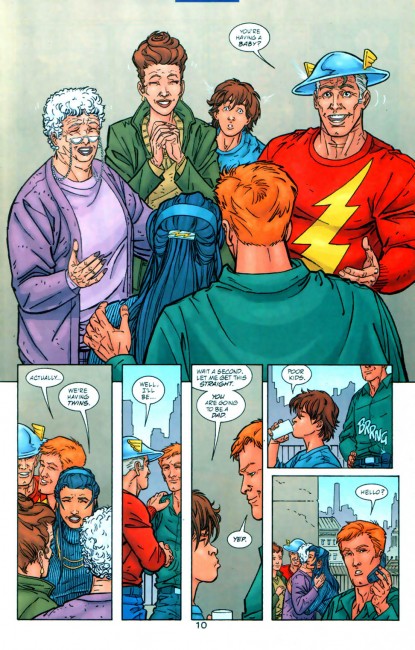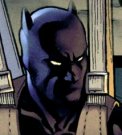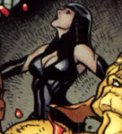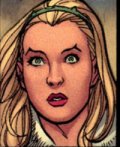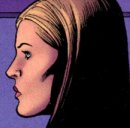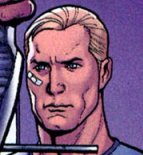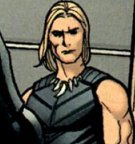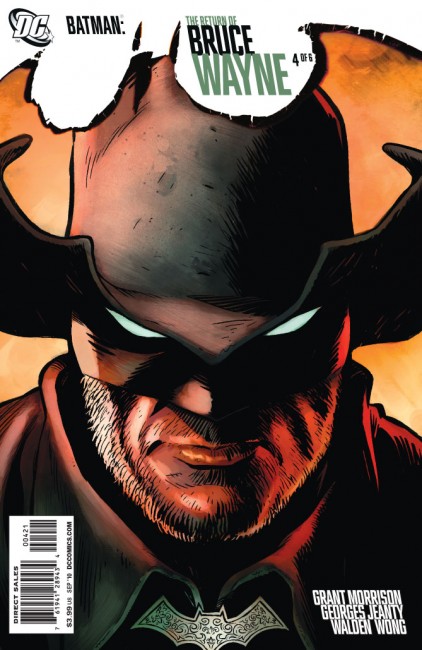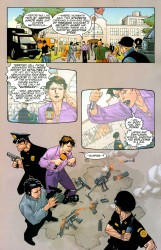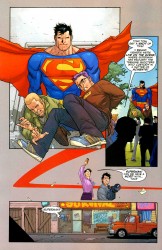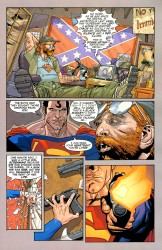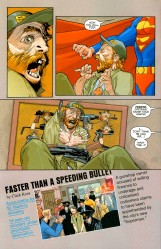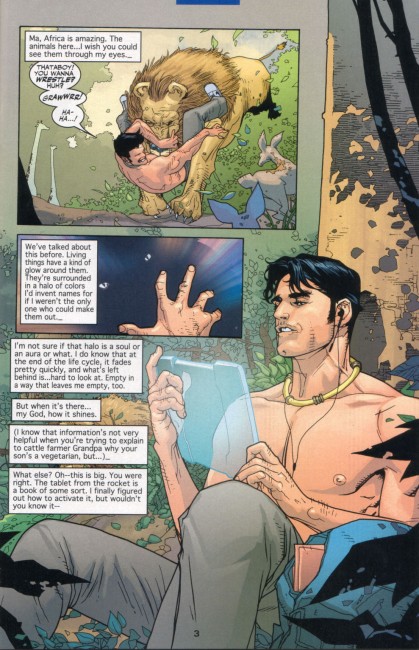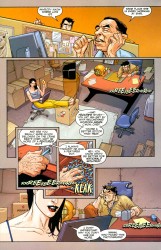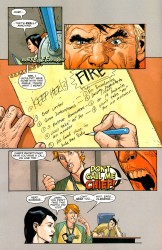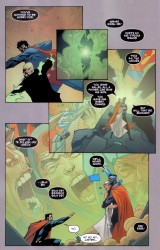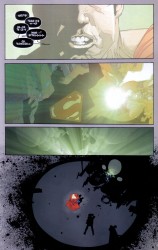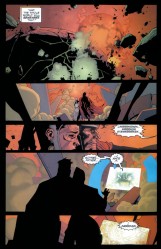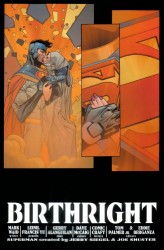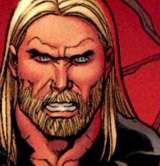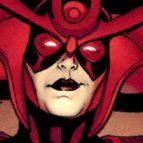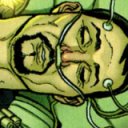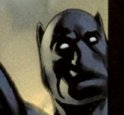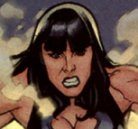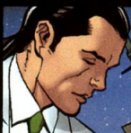
4×4 Elements: Kraven’s Last Hunt
July 31st, 2010 Posted by david brothersSpider-Man: Kraven’s Last Hunt. Words by JM DeMatteis, pencils by Mike Zeck, inks by Bob McLeod, letters by Rick Parker, colors mostly by Janet Jackson.
I picked up a couple issues of Kraven’s Last Hunt when I was a kid and relatively fresh. It was pretty scary at the time, being that most of the Spider-Man stories I read were pretty middle of the road with regards to violence and horror. KLH is still one of my favorite Spidey stories, and one of the relatively few that stand alone, like Batman: Year One or Dark Knight Returns. Here’s four reasons why it’s great.
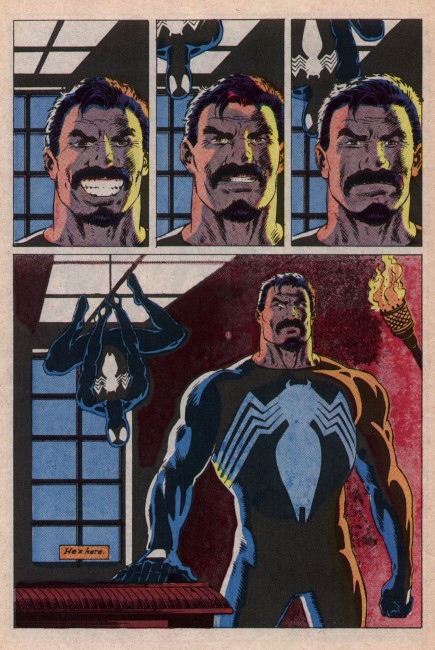
Mick Zeck and Bob McLeod get Spider-Man. Zeck’s really good at drawing people, and this gives him a chance to put that into action. Spidey’s a little shorter than Kraven, and a little slimmer. Spider-Man isn’t as buff as other heroes. He’s acrobatic and fast, which suggests a thin, but muscular, build. Kraven is burly, built like a circus strongman or like Superman.
There’s a surprising number of completely silent panels in Kraven’s Last Hunt, and Kraven’s face is the focus of many of them. Zeck and McLeod render him with a deep sadness. When it comes time to draw figures in action, they acquit themselves very well. The ghost of Ned Leeds looks genuinely confused after being told that he’s dead. Mary Jane’s body language when she goes to see Robbie Robertson is tired and dejected. Kraven looks insane when he’s gobbling up spiders. Vermin is creepy crawly, as he should be.
Zeck and McLeod do a better than average job of making this story work, but still manage to keep it within the Spider-Man style. Zeck’s Mary Jane is undeniably a John Romita girl. Robbie sits around smoking a pipe and he doesn’t look out of place. They jettison Kraven’s costume for the majority of the book, but when it does appear, it’s rendered just as realistically as everything else. They did this back in 1987, but I wouldn’t be mad if I saw it on a book nowadays.
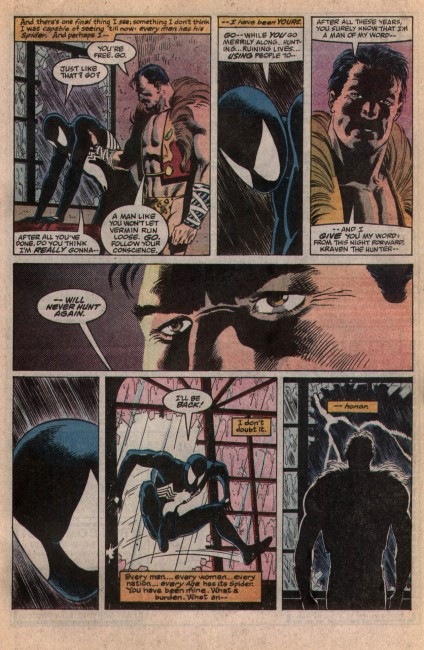
Kraven’s Last Hunt placed Spider-Man within something bigger than himself. Rather than just having a hero/villain relationship, Kraven’s mad rantings place Spider-Man under the umbrella of the Spider, the source of all of man’s pain and suffering. Kraven places all of the blame for his mother’s insanity, his father’s downfall, and his own weakness onto the Spider’s shoulders, creating a totem for him to tear down and conquer.
This is a little different than a criminal telling Batman that he’s a demon or a devil. The bat is never really charged with any meaning but fear in Batman, and I’m having trouble thinking of a time when that was examined in any depth. In this story, Kraven comes to realize that the Spider represents a concept, rather than anything literal. The Spider is your enemy, something that exists simply to oppose you. It isn’t necessarily evil.
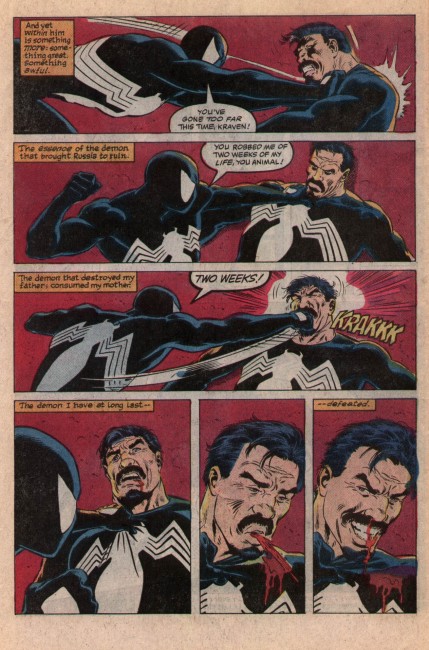
Spider-Man represents all of the hate and doubt and evil that’s haunted Kraven’s life. Due to this, and his impending death, Kraven has one goal. Kraven must prove himself better than Spider-Man. It’s the only way he can conquer his fear, his feelings about his mother’s insanity, and his own shortcomings. He dons the costume and attempts to do everything the Spider did, only better. He fights crime, but kills the criminals. He takes on Vermin, who had previously fought Captain America and Spider-Man both, and demolishes him. He even rescues Mary Jane, unintentionally repeating another of Spider-Man’s past actions, but she reacts with terror.
Kraven’s entire arc in Kraven’s Last Hunt is about proving his supremacy over his fear, and his own fear is his last mountain to climb. There’s no get rich quick, no world domination… he doesn’t even do it to hurt Spider-Man. Spider-Man is a prop in the fight between Kraven and his Spider.
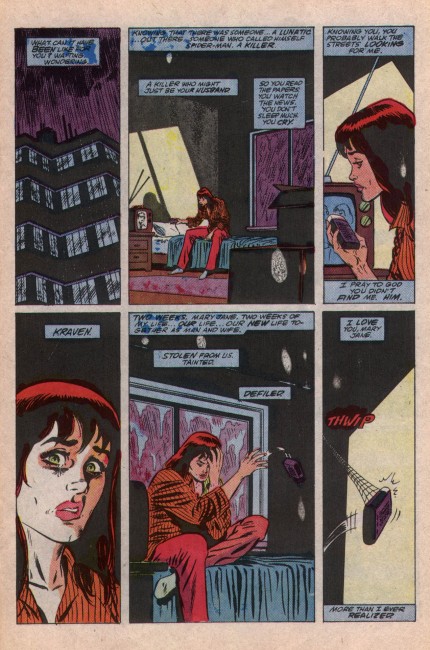
She only appears on a few pages in Kraven’s Last Hunt. Despite that, Mary Jane plays the role of the average reader’s point of view. At the end of the first chapter, Spider-Man is killed and buried. For the next few chapters, we see Kraven going wild and have no idea what’s going on. She echoes all of our fears and thoughts, and when she encounters Kraven, she has the same reaction we have had: “Stop.”
Kraven perverted the idea of Spider-Man, but he also perverted the Spider-Man comics. Kraven took over the books entirely, and Spider-Man simply doesn’t appear again until the fourth chapter. I can see how this would be a little unsettling, and when viewed through Mary Jane’s eyes, it makes perfect sense. This is Kraven wearing Spider-Man’s skin, and it’s absolutely not right.
And the first thing Spider-Man does when he digs his way out? He goes directly to his wife.

